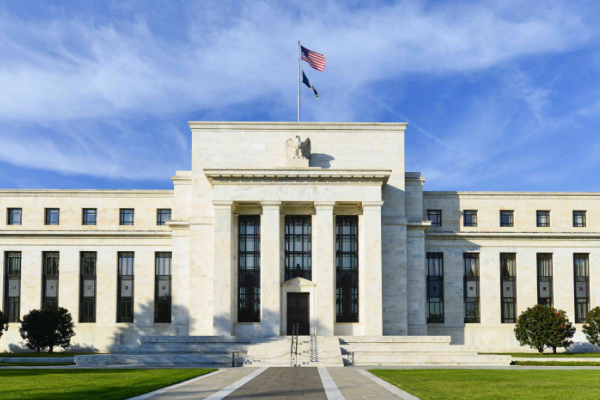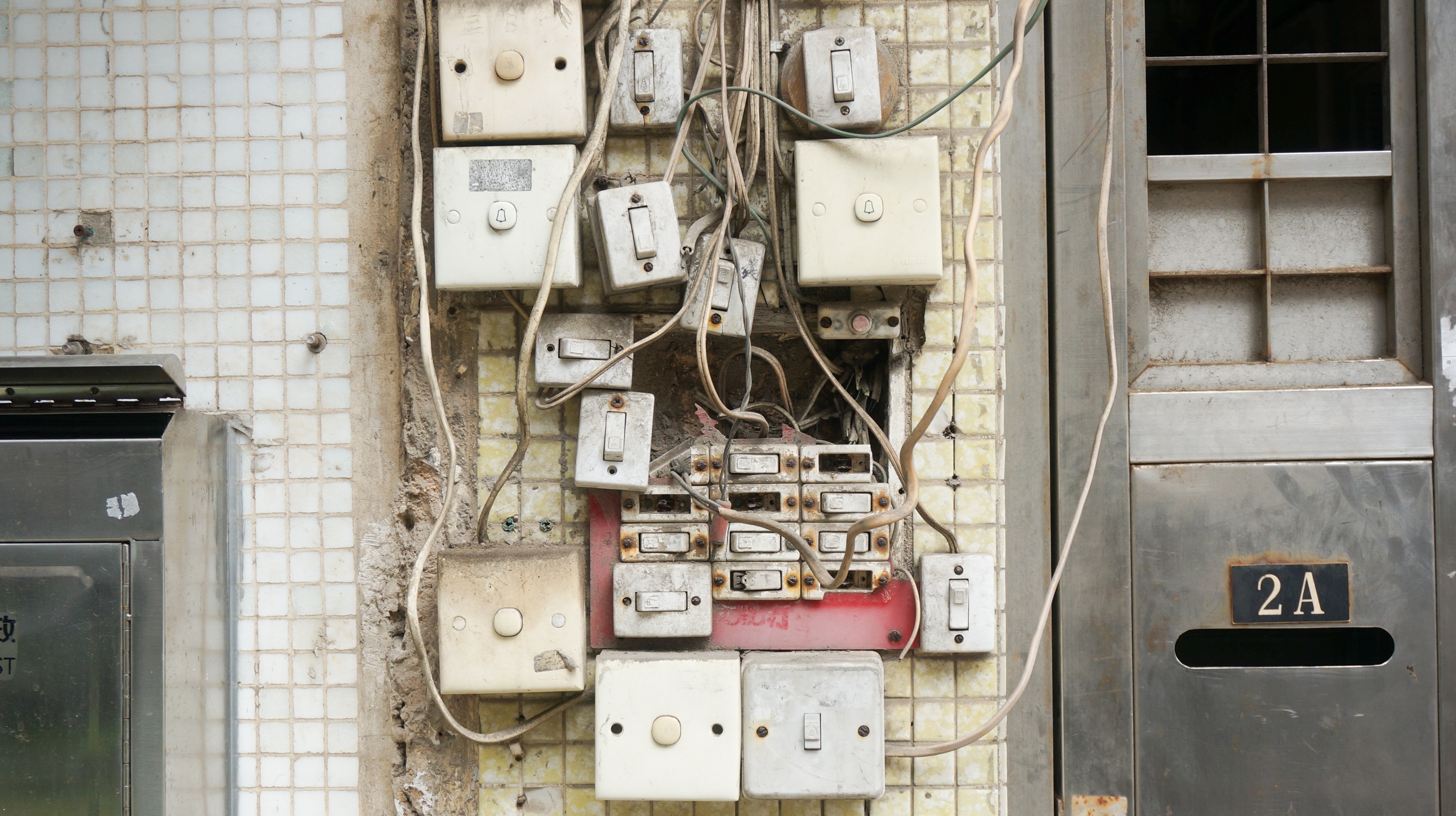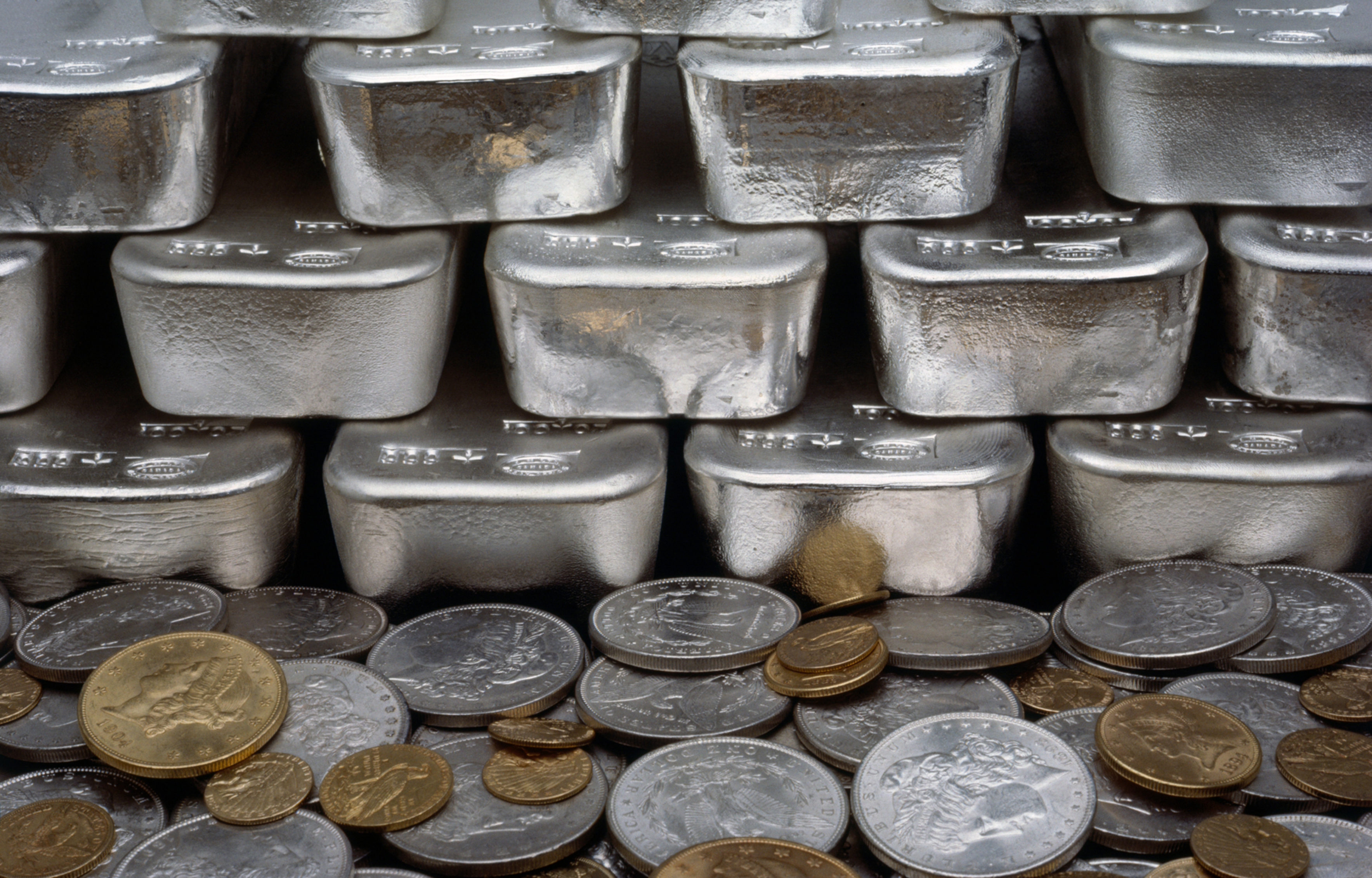October 30, 2017

Major Changes at The Federal Reserve Will Likely Be Good For Gold
The Federal Reserve is arguably one of the most powerful institutions in the world. Its monetary policy affects every country in the world, either directly or indirectly. Like any organization...

Gold Is The Safe Haven Asset To Own Now
Gold has long been viewed as a safe haven asset during times of economic and geopolitical uncertainty. As we look around the world today, there certainly is a measure of...

The Insanity of a Cashless Monetary System: Why You Need Physical Gold and Silver
The old saying “cash is king” may soon be dealt a major blow. Governments around the world are experimenting with the idea of going 100% “cashless.” While this may sound...

3 Charts Show Why Value Investors Should Look at Gold
As they say, a picture is worth a thousand words. Thus, today’s post is mostly visual. Many markets have had a nice run over the last several years. In fact,...

Exchange Traded Funds: Real Gold or Fool’s Gold?
One negative by-product of a global economy is that cheap knockoffs can rise up in nearly any market, and can harm both the brand and reputation of the original product....

Cryptocurrencies. Interesting? Yes. But They Are Not Gold
The hype is on. Ethereum and Bitcoin are catching the eye of a wider audience as their prices have risen to new levels. This rise, however, has been accompanied by...

Three Steps to Balance Your Investment Portfolio in An Uncertain World
A Smart, Simple Strategy Can Minimize Risk and Maximize Returns Back in the day, advisers recommended rebalancing your portfolio every year. In today’s rapidly changing investment world, regular examination of...

Independence Day – A Time to Pause and Reflect
As we celebrate the birth of our nation this weekend, we recognize both the challenges and opportunities that lie ahead for each of us and our nation as a whole....

Gold Continues to Set a Long Term Base – 2017 Chart Looks Good
As we’ve looked at the gold and silver markets over the past year, we’re encouraged that our view of the metals carving out a long-term base since the end of...
